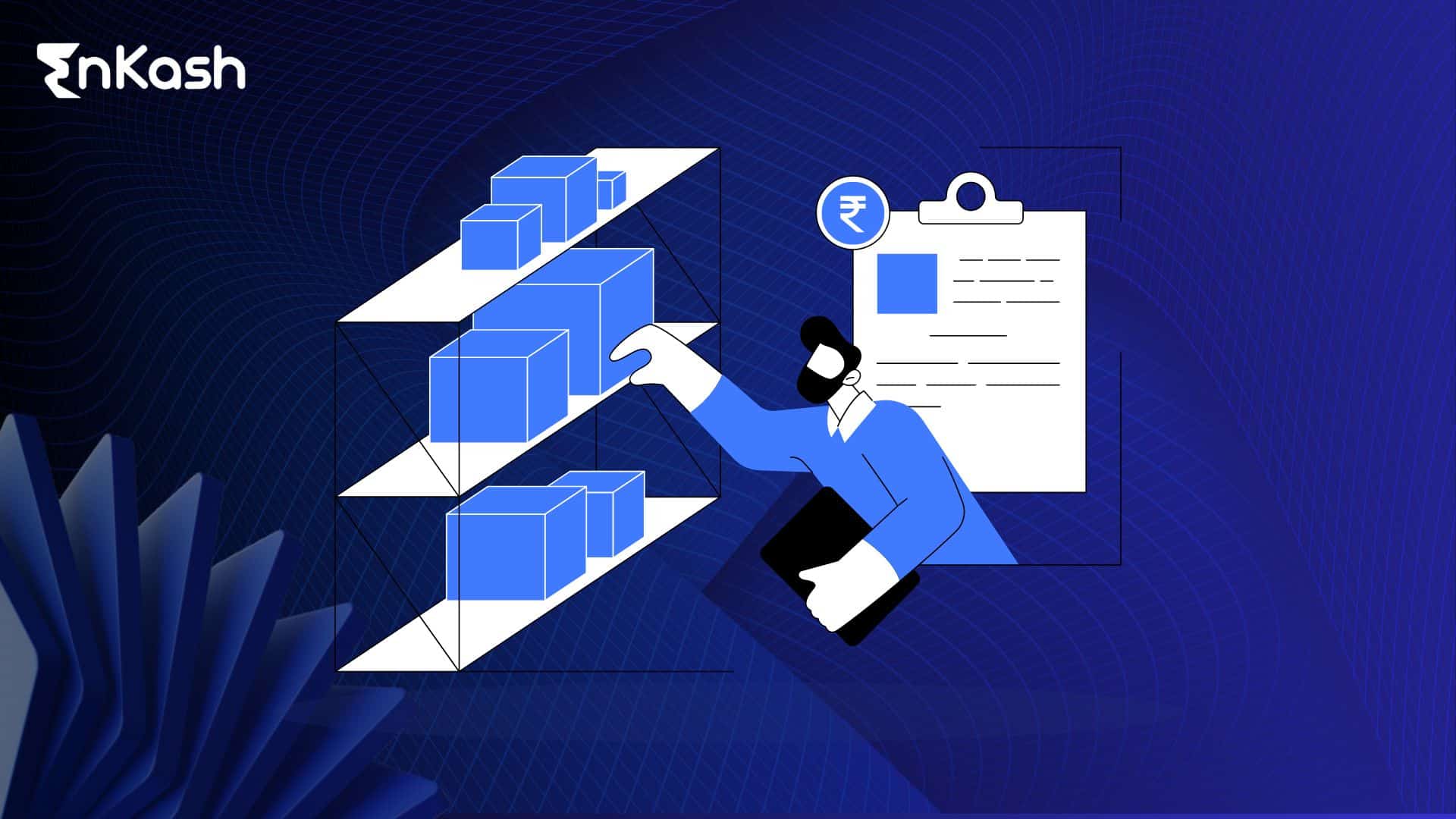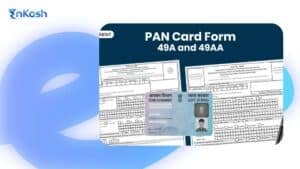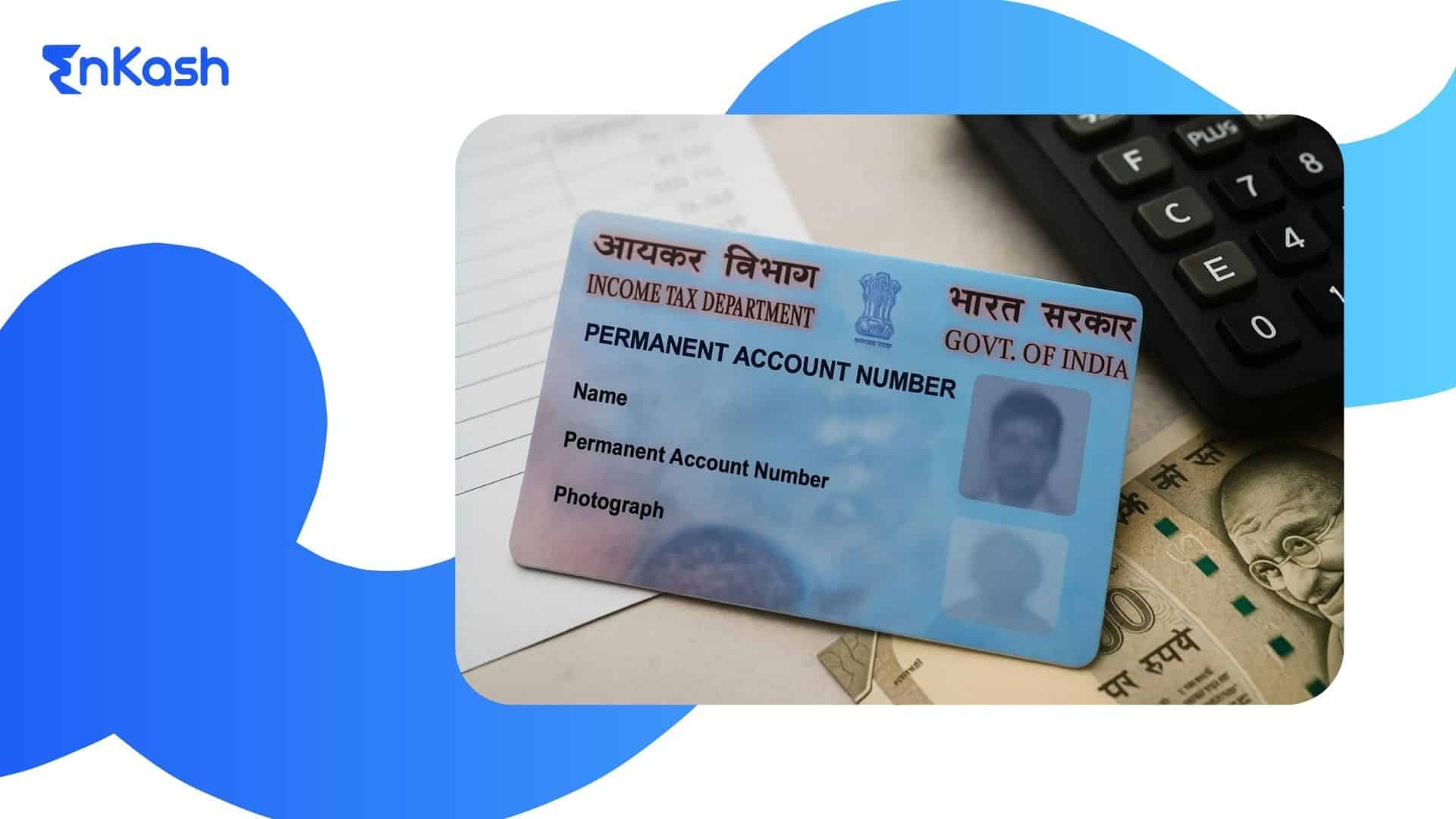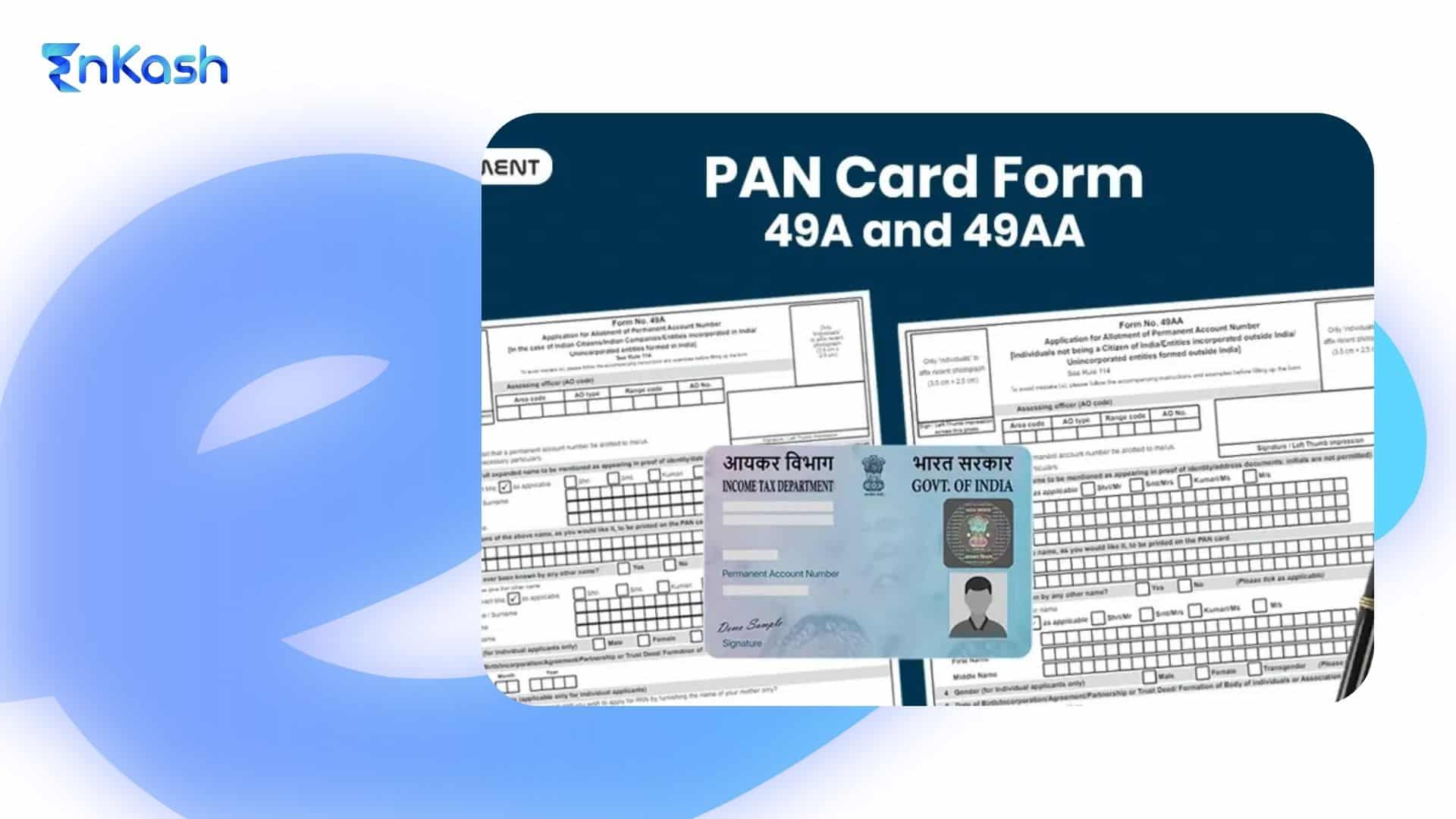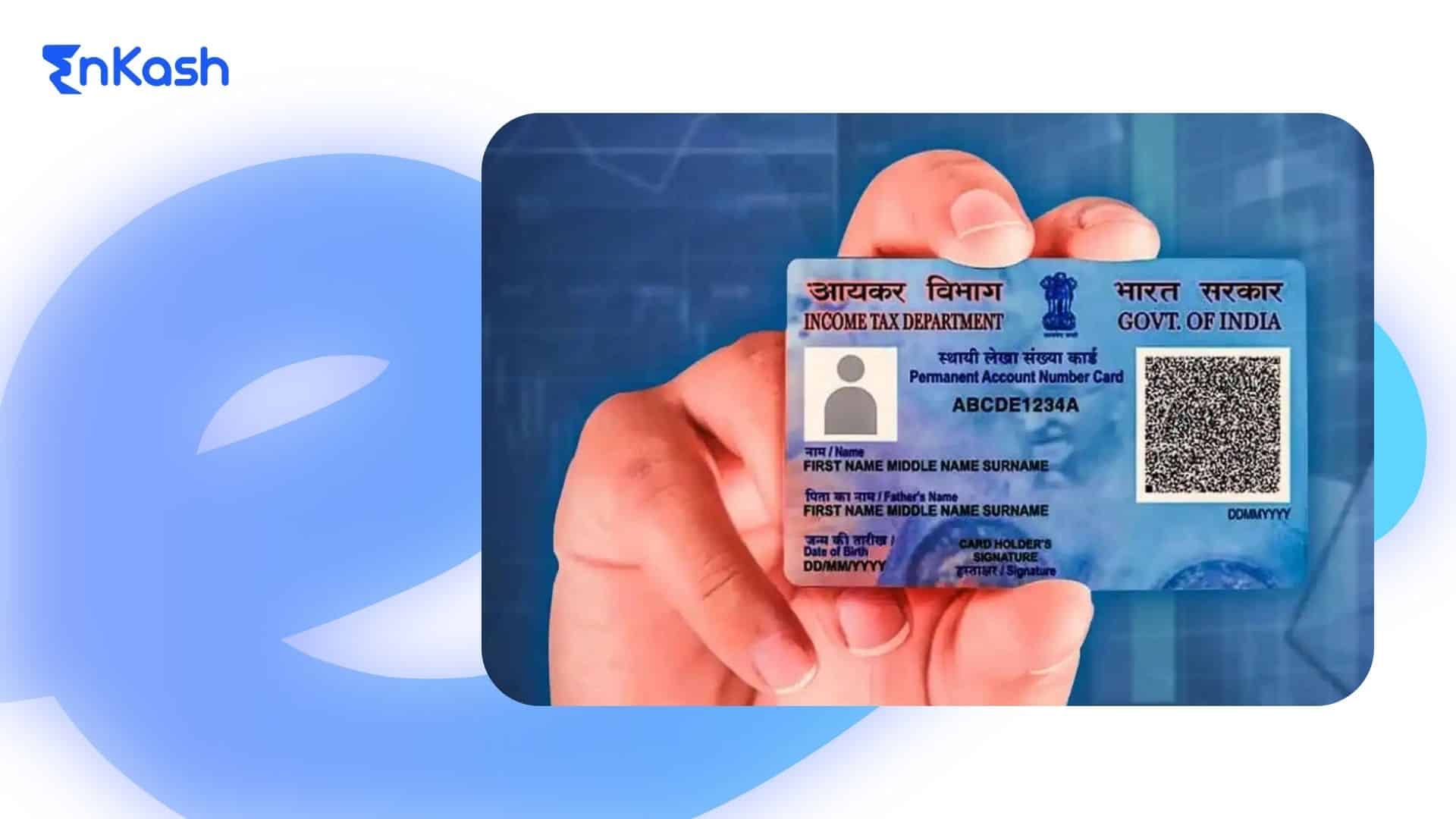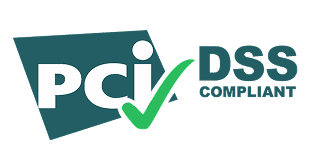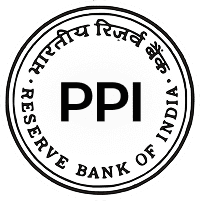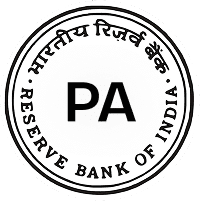Procure-to-Pay (P2P) is one of the most important business processes where organizations manage the requirement of goods and services from requisition to payment. The process goes through several steps, such as sourcing, purchasing, invoicing and payment to ensure a harmonious communication between the procurement and finance departments. Digitally transforming and automating the P2P cycle can help businesses gain more control over their spend, enhance supplier relationships, and improve overall efficiency. Also, with a well-defined P2P process, businesses gain major visibility over their entire spend that ultimately provides them higher levels of compliance requirements to assess and mitigate any risks.
What is Procure-to-Pay (P2P) Cycle
The procure-to-pay cycle is a business process, from procuring the items or services to paying the vendor. It is a complete process that bridges the gap between the procurement and financial teams, allowing companies to centralize their purchasing processes, maintain compliance, and boost cash flow.
The P2P cycle has several phases in its most fundamental form, from discovering demand for the product or service to finalizing the sale and payment. The entire cycle is critical to staying efficient, dealing with suppliers and financial reporting. It not only helps in buying vital items and services, but it also gives businesses important data on their spending patterns that they can leverage to make a decision.
The procure-to-pay process has also been described as a vehicle for minimizing the need for manual intervention and incorporating as much automation and best practices as possible. By automating the P2P process, more visibility is created, processing times are reduced and errors are minimized. You also create a better relationship between your teams and suppliers.
Moreover, the P2P cycle ensures adherence to internal and external policies, which can be a significant aspect of risk management and financial controls. Optimized procure-to-pay processes can help businesses reduce the total cost of business, improve their supplier relationships, and achieve all the related benefits for their operations.
P2P Cycle Steps
There are several steps involved in the P2P cycle, each of which is integral to ensuring that the process of procuring goods and services and making corresponding payments is carried out properly and in an efficient manner.
Below are the major P2P cycle steps.
Need Identification
The P2P cycle is set in motion when a department identifies the need for goods or services. Typically, this need is formalized through a requisition that determines what is needed, how many are needed, when, and in what form it should be delivered. Need identification is important to procurement to ensure that the purchase is necessary to the business’s operating goals.
Vendor Selection
When the requirement is identified, the sourcing team chooses an appropriate vendor. This process includes comparing alternative vendors in terms of price, quality, credibility, etc. In line with the organization’s procurement rules, vendor selection can be a bidding process, vendor negotiation, or selecting from an already-approved list of suppliers.
Also Read: Autmoted Vendor Payments
Purchase Requisition
Having identified the need and selected the vendor, a purchase requisition is issued. Such a document is internal and is submitted to the requisitioning department, usually procurement or finance, for approval. The requisition specifies what is to be bought, and serves the crucial purpose of securing the required budgetary approvals before a purchase order can be issued.
Purchase Order (PO) Creation
After approval of the requisition, the purchasing agent assigns the purchase order (PO) number, which serves as a formal contract between the buyer and the vendor. The purchase order spells out the specific items, prices, quantities and delivery terms. The PO ensures there are no misunderstandings between the vendor and the buyer in the terms of the purchase.
Receiving Goods or Services
Upon receipt of the goods or services from the vendor the buyer will survey to make sure that the goods or services received are representative to the required standard and so forth. The receipt of the goods or services is then registered, reconfirming that the purchase is in accordance with the defined quantity and quality by the PO.
Invoice Verification
Once the goods or services have been received, the vendor sends a request for payment in the form of an invoice. The finance team checks to make sure that the invoice is correct, that it matches the PO and delivery document, and that the business is not overpaying, underpaying, paying twice or paying the wrong person.
Payment Processing
After the invoice is validated, payment would be made according to the conditions agreed with the vendor. The payment would be in the form of wire transfer, check or electronic funds transfer (EFT). Companies must ensure that the appropriate payments are made to the vendors in a timely manner as it is important in sustaining and developing good relationships with suppliers.
Read More: Invoice Processing Software
Record Keeping and Reporting
The last part of the P2P cycle is documentation and reporting. All documents related to the purchase – the purchase requisition, the purchase order, the invoice and the payment – are logged and reported for auditing and financial analysis purposes. In addition, record-keeping assists with tracking expenditures, identifying vendor performance and making procurement better and more efficient the next time.
Also Read: Customized Reporting
Benefits of the Procure-to-Pay Cycle
An optimized procure-to-pay process helps businesses by minimizing costs and maximizing operational efficiency and compliance.
Let’s take a look at some of the benefits of the P2P process.
Cost Reduction
The biggest benefit of the P2P process – and one that’s highly valued by businesses – can be seen in cost reduction. Through automating and integrating administrative processes (such as procurement and payments), businesses can eliminate operational errors and processing times, while also lowering administrative costs. Automation can even help to improve vendor management by enabling businesses to negotiate better conditions, tools that monitor purchase histories and check prices, and benefit from buying in bulk. In turn, companies can reduce expenses and boost profit margins.
Improved Operational Efficiency
The P2P cycle automates a series of now-routine tasks (such as creating purchase orders, matching invoices against them to process payment, etc.) that employees did manually. The burden of repetitive tasks is lifted, reducing the need for employees to simply ‘push’ paperwork through the process, and freeing up their time for more strategic activities. Automating the P2P process accelerates key procurement functions, reduces invoice-handling delays and smoothens coordination between procurement and finance teams. Ultimately, time saved through automated P2P raises operational efficiency and leads to faster turnaround times.
Enhanced Supplier Relationships
A well-resourced and efficient P2P process sets you up for a positive and productive exchange with suppliers, especially with timely payments, accurate orders and prompt communication being executed. The supplier in turn will be more willing to offer better prices, easier credit terms or priority service. Overall, good P2P processes lead to good relations that are mutually beneficial over the long term.
Increased Transparency and Control
An optimized P2P process gives companies real-time visibility into procurement and payments activity. The centralized data sources ensure all stages of the procurement process are tracked, beginning with requisitions and ending with the payment. This visibility helps businesses better manage corporate spending by eliminating unauthorized purchases and ensuring orders and payments are made according to company rules. It also helps companies monitor suppliers, improve supply-chain operations and mitigate potential risks.
Better Compliance and Risk Management
Given increased requirements from regulatory authorities and improvement in audit standards, at all times of operation, rules must be adhered to by businesses. The P2P cycle helps enforce compliance through prescribed and standardized procurement, a record for all your purchases and a formal record of each transaction. This approach minimizes the chance of fraud, the failure to comply with financial regulations and the risk of failing an audit. It is also vital that you have a clear audit trail if you have any problems with a supplier or they raise any shortfalls or disputes about any goods or services delivered.
Accurate Financial Reporting
More accurate and timely financial reporting is another benefit of the P2P process. Since all purchases can be linked to payment, every business spend is captured and recorded. This results in better financial statements, easier reconciliation, and greater visibility when forecasting future expenditure. If financial data is stable, organizations will be better placed to make sound budgetary and purchasing decisions.
Also Read: Customized Reporting
Scalability for Business Growth
As businesses expand their operations, so too do their procurement needs. A good P2P process is also a scalable one. Ultimately, for a business to be well-equipped to grow, they need to be able to service larger amounts of purchases without sacrificing the same level of efficiency or control. If businesses have taken the steps to set up a good P2P system, be it in-house or with a vendor’s help, they will be in a good position to absorb growth while maintaining controls around their procurement operations.
When the P2P process is streamlined, there are multiple benefits to business – from savings and cost control to better supplier relationships. An optimized P2P cycle also provides control and transparency to ensure compliance and risk management, as well as accuracy of financial transactions – all of which is vital for modern business organization and transformation.
Challenges in Implementing a P2P Process
Businesses often implement procure-to-pay processes because of the many benefits offered by these systems, but they sometimes struggle with the optimization step. These implementation challenges can be due to system integration difficulties or resistance to change, or simply because of inadequate management practices. Understanding these challenges help companies to prepare and overcome them.
Integration with Existing Systems
Integrating the P2P cycle with a company’s existing enterprise resource planning (ERP) software or other legacy accounting systems is one of the biggest challenges for scaling the process. Companies typically work with their legacy systems, meaning they could have older procurement systems that might not be compatible with newer digital procurement platforms, to name one possibility. This sets up the risk of a data silo, redundant data entry, and other inefficiencies that drag down progress. Companies wanting to use P2P tools must ensure their current systems are compatible, or purchase tools that will help with easy transition.
Resistance to Change
A new P2P process will entail multiple changes in the workflows and the way a business does things. Employees who have been doing work manually or with outdated processes might resist learning an automated process. This could affect the implementation speed and efficacy of the new systems. Businesses can overcome this challenge by offering detailed training programmes and creating a tech- or automation-friendly organizational culture. Effective and consistent communication of benefits of the new process in combination with strong leadership support can also help in the acceptance of the new process throughout the organization.
Data Accuracy and Consistency
An effective P2P process depends on accurate, duplicate-free data being stored and retrieved over the entire procurement cycle. Unfortunately, it’s common for businesses to have inaccuracies between POs, invoices and payments due to numerous parties involved (internal departments or external suppliers). These inaccuracies lead to overpayments, delayed or missed deliveries, or discrepancies in financial data. Businesses need to implement consistent data-entry rules and well-developed IT systems to check data and validate its accuracy, as well as routine follow-up audits.
Supplier Onboarding and Management
Another challenge is the vendor onboarding process – making sure that all suppliers are onboarded correctly and continue to operate with the P2P system as it is implemented. Such integration might present more challenges for smaller, or less technology-oriented suppliers, or in case of legacy technology implementation. Companies might find more value in having a clear process for registering and informing vendors about the new system, offering support and ultimately having a tool to track and monitor vendor performance and compliance.
Cost of Implementation
Although the P2P cycle will reduce costs in the long run, the time needed to implement a P2P system is costly for small businesses. Software, hardware, system management, staff training and maintenance costs can be burdensome for a business with limited budget or size. Implementing the system might also temporarily hamper procurement and payment activities, and therefore impact cash flow. Proper planning and budget preparation can help mitigate issues and ensure a seamless and efficient implementation.
Ensuring Compliance and Security
As a P2P system will be dealing with financial information, security and ensuring the privacy of users’ data is essential. The rising threats of cyber attacks against business data is a major concern that many organizations face. Data breaches can lead to penalties and reputational damage. Organizations should look for a P2P system that offers robust security protocols, and have an established policy in place for adhering to data privacy legislations at a local and international level.
A P2P process is not without challenges; from implementing the system to managing supplier relationships, each company faces a unique set of hurdles. But, with strong design, change and data-accuracy management, any business can put a system in motion to create a truly impactful P2P cycle.
Best Practices for Optimizing the P2P Process
There are some key procure-to-pay best practices that organizations can use to derive the maximum benefits from the P2P cycle. For example, it could help improve procurement efficiencies, reduce costs and enhance supplier relationships.
Consider implementing the best practices below.
Automate Key Processes
Automation is one of the best methods to fine-tune the P2P process. Automating processes such PO generation and payment approval minimizes manual intervention, reduces errors, and significantly decreases transaction times. It offers better transparency by providing real-time insights into the procurement process, and tracking of order, payment and vendor status.
Also Read: Automated Reconciliation
Enforce Standardized Procurement Policies
A consistent procurement policy needs to be put in place across the business to maintain visibility and stay in control. For example, the selection of vendors to be used by different departments, the approval of each purchase price, and the appropriate payment terms must be standardized. There must be protocols in place to ensure these standards are followed. This allows uniform vendor negotiations to take place, setting the same conditions and prices.
Invest in Supplier Relationship Management (SRM)
Good relationships with suppliers are central to the functioning P2P cycle. Companies should communicate openly and honestly with suppliers, do performance-checks periodically and give feedback. Companies can use tools such as supplier relationship management (SRM) to benchmark supplier performance, track delivery times and test for quality standards. The tool can make the process transparent to help build trust. This helps to secure better terms and build long-term relationships.
Implement Real-Time Data Tracking and Reporting
Monitoring procurement data is essential to meet deadlines and also identify weak spots in the P2P process. Arranging systems to track every step of procurement, from the requisition to payment, provides real-time data that procurement teams can utilize to make better decisions, avoid delays, and rectify issues. Analyzing and reporting on data regularly will also allow businesses to know trends and identify cost-cutting ideas.
Focus on Compliance and Risk Management
An efficient P2P cycle must enforce compliance with both internal policies and with external regulations. Businesses should set up controls that automatically enforce compliance at every stage of the procure-to-pay process, from mitigating the risk of vendor fraud when selecting suppliers, to monitoring payment approvals, and ensuring that no accounts are charged for unauthorized purchases. A robust audit trail of all procurement activities could help with risk management and transparency.
Leverage Data for Continuous Improvement
Value produced by the P2P process can serve as input for ongoing improvement activities. Tracking spend patterns, payment flows and vendor performance data helps identify opportunities for process improvement. Periodically assessing the P2P cycle can help optimize spend, enhance supplier performance and improve overall operational efficiency.
Centralize Procurement Operations
Bringing together all procurement activities into one single system or platform makes the entire P2P process more predictable. Through centralized systems, companies can enforce consistent policies and stay compliant with regulations. This also allows for better visibility over spending activities in near real-time.
These best practices help ensure effective P2P implementation, lower costs and better vendor relationships. A well-tuned P2P cycle enables procurement operations to thrive, which means healthier bottom lines and a newly empowered purchase-to-pay process across the organization.
Conclusion
The procure-to-pay process is the bridge between procurement and finance. Successful management of the P2P cycle helps companies control costs, streamline operations and build more collaborative relationships with vendors. Every step – from need identification to payment – is critical to the smooth functioning of procurement operations and accounting.
Making the transition to a P2P process can be complex, requiring system integration and supplier onboarding, the advantages though soon outweigh these challenges. The more automation, real-time data tracking and other measures are put in place, the more thoroughly procurement workflows can be optimized.
When executed successfully, P2P delivers a competitive edge by lowering costs, increasing transparency, reducing errors, ensuring compliance and providing real-time visibility into procurement and financial activities.
FAQs
How does the procure-to-pay impact cash flow management?
P2P impacts company cash flow directly – when companies pay suppliers and when they receive goods or services. Managing the P2P cycle in a timely manner will help businesses keep their supplier relationships healthy and avoid late charges. Moreover, it provides better cash management by limiting the frequency of outflow so cash remains available to be used for other functions.
Read More: Cash Flow Analytics
Is P2P appropriate for small businesses or more appropriate for large businesses?
Even though large companies are generally best suited to automated P2P because of their huge amount of transactions, startups stand to benefit greatly. The automation of P2P enables small companies to improve their processes, accuracy, manual work, and financial visibility. Small companies could also reduce their overhead costs and better understand supplier relationships by leveraging scalable P2P platforms.
What are the most common mistakes businesses make when implementing a P2P system?
Poor staff training, a failure to integrate the system with existing ERP or accounting solutions, and not enforcing standardization of procurement policies are common P2P implementing mistakes. Companies also tend to overlook suppliers on boarding and real-time performance tracking of data. These pitfalls can be avoided with training, seamless integration and policy standardization.
How does the P2P process improve compliance with regulatory standards?
The P2P process can be designed to make it easy to meet financial regulatory requirements and stay compliant. For example, purchase and payment approvals could be automated according to policies, reducing the risk of fraud. Moreover, platforms can be programmed to check against compliance regulations to ensure that all payments conform to local and international laws.
How does digital transformation affect the P2P cycle?
AI, machine learning, blockchain and other advanced technologies help automate procurement activities, use algorithms to forecast the needs of potential purchasers and increase the traceability of procurement activity. It can optimize vendor selection and secure transactions. As a result, digitization is helping the entire P2P cycle become more efficient, and reliable.
What role does supplier performance tracking play in optimizing the P2P process?
The P2P system helps decide if a supplier is worthy of renewal by checking the track record of delivery times, order accuracy and quality so business decisions can be made using real data. At the same time, it also ensures a business will engage with vendors that provide quality services. The risk of supply chain disruptions and product defects would be greatly mitigated, and contracts could be negotiated better.
How does the P2P process reduce procurement fraud?
Multiple layers of procurement approval, automation of invoice matching and the retention of audit trails mean that most instances of procurement fraud are mitigated. Automated systems check that a purchase order has been fulfilled, that goods have been received and that an invoice has been received. If there’s any discrepancy, a P2P system will not pay out. These practices make it far easier to track possible fraudsters and manage risk.
How does the P2P process improve decision-making?
Data captured during a P2P cycle enables real-time insights into areas such as spend patterns, supplier performance and budget allocation. This visibility can enable executives to identify areas that can operate at a lower cost, or where value can be improved. It empowers the entire organization with information to ensure better, data-driven and strategic business decisions that support financial and operational objectives.
Can the P2P process be customized for different industries?
Yes, the P2P process can be customized based on the industry type. For example, manufacturing companies can have a longer procurement cycle, whereas a service-oriented business can be based more on its vendor service contracts. Thus, customization can help resolve specific operational problems, and improve overall efficiency.
How does the P2P process support sustainability initiatives?
An integrated P2P cycle can help companies source only from green suppliers, tracking the sustainability metrics of their purchases and reducing waste in procurements. Automation can help replace paper with more eco-friendly processes, source from green-certified vendors, and contribute to the company’s CSR goals.

